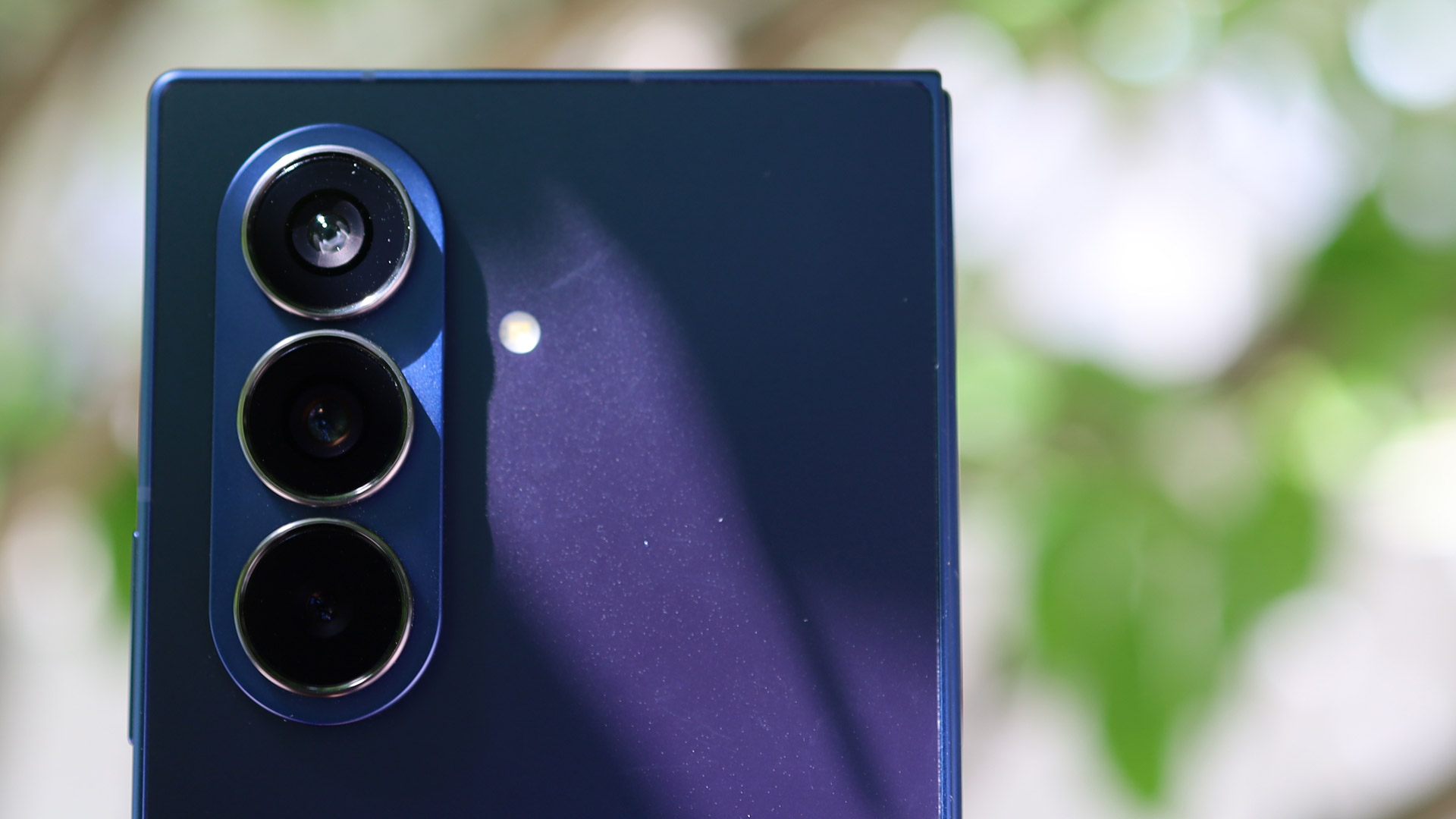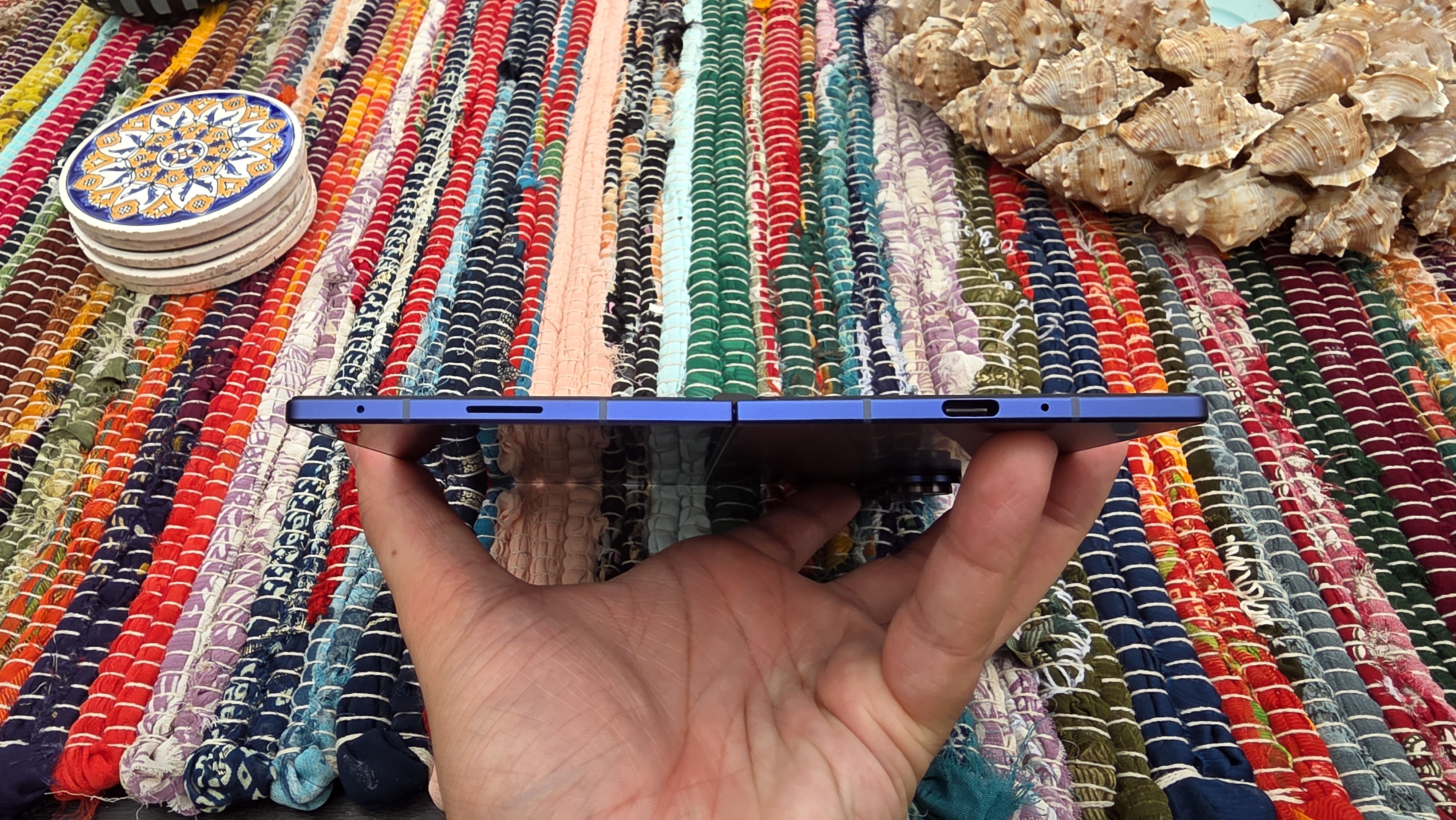3 upgrades the Google Pixel 10 Pro Fold needs to be taken seriously against the Samsung Galaxy Z Fold 7
It all hinges on this

Google has announced that this year’s Made by Google event will take place on August 20, 2025, and we’re expecting to see full reveals for the Google Pixel 10, Google Pixel 10 Pro, Google Pixel 10 Pro XL, and Google Pixel 10 Pro Fold.
There’ll be plenty of attention paid to the full Pixel 10 lineup, but I’m especially excited to see what Google does with its next-generation foldable, the (likely-titled) Google Pixel 10 Pro Fold.
The folding phone market has only gotten more advanced and more competitive (not to mention more expensive) over time – the Samsung Galaxy Z Fold 7 is perhaps the best example, clocking in with more power and a higher price tag than any folding phone we’ve seen before it.
Given the Galaxy Z Fold 7’s wide availability and impressive specs sheet, as well as the historic rivalry between Samsung and Google as the world’s two premier Android phone makers, the Pixel 10 Pro Fold is likely to face Samsung’s latest folding flagship as its main rival.
And if Google wants a chance at beating its Korean competitor, the Pixel 10 Pro Fold needs some serious upgrades. So, without further ado, here are the three upgrades the Google Pixel 10 Pro Fold needs to beat the Samsung Galaxy Z Fold 7.
Better foldable features

Overall, our Google Pixel 9 Pro Fold review highlights Google's most recent folding phone as a powerful and playful companion device, and one of the best folding phones on the market.
However, our review also notes the Pixel 9 Pro Fold’s lack of powerful dual-screen features – in fact, there were only two at launch: a dual-screen translator for face-to-face conversations, and the cover-display preview feature in the camera app.
Sign up for breaking news, reviews, opinion, top tech deals, and more.
At a starting price of $1,799 / £1,799 / AU$2,699, we’d like to see the Google Pixel 10 Pro Fold go a little further. How about a few simple games that make the most of both screens? Or a way to activate a cool animated wallpaper on the cover screen when you have the phone unfolded?
And there’s always room to offer better use of the inner display, too – it’s unlikely the Pixel 10 Pro Fold will outperform the Galaxy Z Fold 7 when it comes to raw hardware power, so intelligent and intuitive software is where Google can win.
Perhaps Google can take some inspiration from Apple’s upcoming iPadOS 26 update and add some desktop-inspired features to the Pixel 10 Pro Fold’s inner display mode? A square(ish) 8-inch screen isn’t the largest canvas, but I can see a few free-floating windows being useful in a pinch.
Improved cameras

The Samsung Galaxy Z Fold 7 has the best cameras on any folding phone. It’s not even particularly close – the 200MP sensor found in Samsung’s latest booklet-style foldable just captures so much more light and information than the typically nerfed camera systems found on other folding phones.
In comparison, the Google Pixel 9 Pro Fold’s camera system was one of its few disappointing features. It’s still a decently capable trio, with an ultra-wide and 5x telephoto providing width and reach respectively, but the main camera was downgraded from the regular Pixel 9, and images are less vibrant and less detailed as a result.
Google Pixel phones are loved for their cameras and intelligent image processing, and while folding phones have physical constraints that impose physical limits on their cameras, Samsung has proven it’s possible to equip a folding phone with fantastic, flagship-quality cameras.
A better main camera would put the Google Pixel 10 Pro Fold on more even footing with its rival. Upgrades to the ultra-wide and 5x telephoto camera wouldn’t hurt either, and 8K video quality would pair nicely with Google’s AI-powered Video Boost capability while matching the Galaxy Z Fold 7 on resolution.
A thinner design

Though smartphone trends ebb and flow, when it comes to folding phones, we’ve seen an undeniable trajectory towards thinner devices.
The first folding phones felt like two normal smartphones stacked on top of each other when closed, but now, phones like the Galaxy Z Fold 7 are barely thicker than a standard flagship when folded and almost razor-thin when open.
At 10.5mm thick when folded and a minimum of 5.1mm thick when unfolded, the Google Pixel 9 Pro Fold wasn’t exactly bulky – but again, the Galaxy Z Fold 7 goes further, at an impressive 8.9mm thick when folded and just 4.1mm thick at its thinnest point when unfolded.
This focus on thinness is something that Chinese-made folding phones have led on for quite a while now – the Honor Magic V3 and Oppo Find N5, for instance, are both notable for their focus on slimness.
This is a trend Google should be engaging with. The Google Pixel line lags in performance but is still beloved for its hardware design – it’s important that the latter doesn’t fall behind the curve as well.
Honorable mention: A faster chipset

You may notice that this list doesn’t really mention processing power or chipset upgrades as a way for Google to get ahead of the Samsung Galaxy Z Fold 7, and that’s for the simple reason that it’s really unlikely to happen.
There was a noticeable gap in performance between the Google Pixel 9 Pro Fold and its contemporary Samsung rival, the Galaxy Z Fold 6. Google’s Tensor G4 chipset is reliable enough, but nowhere near the hardware horsepower of the Snapdragon 8 Gen 3 for Galaxy chipset hiding between the Galaxy Z Fold 6’s displays.
As you might expect, the Galaxy Z Fold 7 is even more powerful, with the overclocked and, arguably, overpowered Qualcomm Snapdragon 8 Elite for Galaxy chipset, an absolute monster of a chipset that practically reset expectations for Android hardware capability.
Given that Google has a history of equipping even the best Pixel phones with somewhat underpowered chipsets, it would be close to impossible for the Pixel 10 Pro Fold to catch up in a single generation.
With that said, I’d be happy to be proven wrong. A Google Pixel 10 Pro Fold that matches or outpaces the Samsung Galaxy Z Fold 7 in benchmarks could trigger a real paradigm shift in the folding phone market.
We’ll hear all about the Pixel 10 Pro Fold’s tech specs at this year's Made by Google event on August 20. Until then, let us know what you want to see from Google’s next folding phone in the comments below.
You might also like

Jamie is a Mobile Computing Staff Writer for TechRadar, responsible for covering phones and tablets. A lifelong tech-obsessive, Jamie began his writing career as a music blogger before studying journalism at Goldsmiths College, and joined TechRadar in 2024. He thinks the iPhone 5S is the greatest phone of all time, but is currently an Android user.
As well as reporting on the latest in mobile hardware, software, and industry developments, Jamie specialises in features and long-form pieces that dive into the latest phone and tablet trends. He can also be found writing for the site's Audio and Streaming sections from time to time, or behind the decks as a DJ at local venues around London.
You must confirm your public display name before commenting
Please logout and then login again, you will then be prompted to enter your display name.